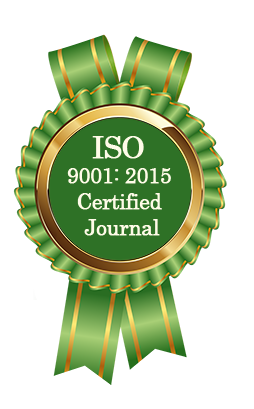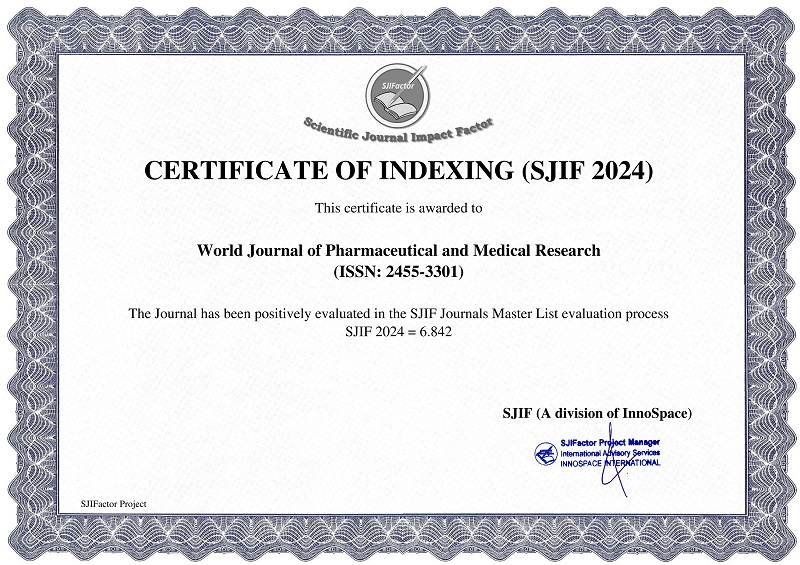NANOBOTS FOR TARGETED DELIVERY OF HYDROPHILIC CHELATING AGENTS IN WILSON’S DISEASE: A PARADIGM SHIFT IN COPPER DETOXIFICATION
Shubham Kanawade*, Anjali Aher, Aishwarya Aher, Sairaj Abhang, Gaurav Agarwal, Harish Pawar and Vishwas Patare
ABSTRACT
Background: Wilson’s Disease (WD) is a rare autosomal recessive disorder characterized by impaired copper metabolism due to mutations in the ATP7B gene, leading to progressive copper accumulation in the liver, brain, and other organs. Current treatment relies on hydrophilic chelating agents such as D-penicillamine and trientine. However, these therapies suffer from critical limitations, including poor tissue selectivity, blood–brain barrier (BBB) impermeability, and dose-limiting side effects. Objective: This review explores the emerging paradigm of nanobot-mediated drug delivery for enhancing copper detoxification in WD, emphasizing the potential of targeted, site-specific delivery of hydrophilic chelators. Methods: A comprehensive analysis of existing hydrophilic chelators, their pharmacokinetic limitations, and advancements in nanobot technologies—including propulsion mechanisms, drug loading strategies, and tissue-specific targeting—is provided. Hypothetical delivery frameworks and translational strategies using ATP7B knockout models are also discussed. Results: Nanobot systems show promising capabilities in organ-specific delivery using ligand-mediated hepatic targeting and BBB-penetrating mechanisms. Novel propulsion systems (magnetic, enzymatic, and AI-based) and smart release mechanisms (pH-, ROS-, and copper-responsive) offer programmable detoxification at the cellular level. Early success in cancer nanomedicine and heavy metal detoxification suggests strong translational potential for WD. Conclusion: Nanobot-assisted delivery of hydrophilic chelators offers a next-generation strategy for treating Wilson’s Disease. Though largely preclinical, this approach has the potential to overcome current therapeutic bottlenecks and may eventually redefine disease management through targeted, intelligent, and minimally toxic copper chelation.
[Full Text Article] [Download Certificate]



